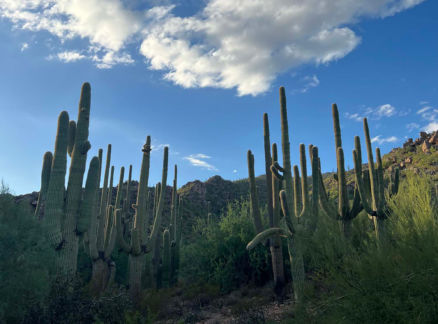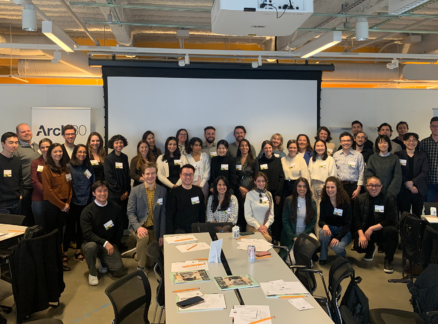November 1, 2005
Not a Little Teapot
Two decades later, Michael Graves is still best-known for one Alessi design.
For the past 20 years Michael Graves’s teakettle for Alessi—the one with the little red bird as a whistle—has arguably been more famous than its designer, and certainly more famous than his architecture. But don’t call it an albatross. “Oh no, I’m not sick of it at all,” Graves said recently by e-mail, a few hours before heading from his Princeton, New Jersey, office to Barneys, the Madison Avenue department store where he (or really his teakettle) was to be celebrated on its 20th birthday. For the occasion Alessi released a limited-edition version at the “special price” of $119 and packaged in a Graves-designed box together with an additional transparent bird-shaped whistle. “We’ve designed about a dozen teakettles since then, and I like all of them,” Graves notes. “However, the Alessi teakettle is still the one that sits on my stove at home.” It also sits on the stoves of more than a million other homes.
The idea for the kettle originated in a custom sterling-silver tea set Graves designed for Alessi to be sold at the Max Protetch Gallery for around $15,000. Richard Meier, Aldo Rossi, and Robert Venturi, among others, contributed to the same series, called the “Tea and Coffee Piazza,” but the one that sold best was Graves’s. As Phil Patton writes in Michael Graves Designs: The Art of the Everyday Object, because of the tea service’s success “[Alberto] Alessi came to see Graves as the human embodiment of American commerce” and asked him to design a teakettle aimed at the general public.
That teakettle accordingly became the American embodiment of high design. The little red bird’s original allusion to the morning rooster crows of Graves’s Indiana youth was quickly subsumed by a different symbolic meaning—status. In 1999 its meaning changed again: the teakettle became the perfect vessel for the story of design’s democratization when the $125 Italian-made object was reimagined as a $25 Chinese-made version widely available at Target, which Alessi describes as “a popular American supermarket.” Like all good legends, this one grew in the telling. For a 2001 in-house promo for software company Autodesk, Graves asked Alessi how many teakettles had been sold. Alessi’s response—“around two million by now”—became shorthand for the popular appeal of high design in addition to Graves himself. But along with changing the color of the handle from “Graves Blue” to dark red, Alessi has revised that number downward. Now the democratization of design begins at 1.3 million.





